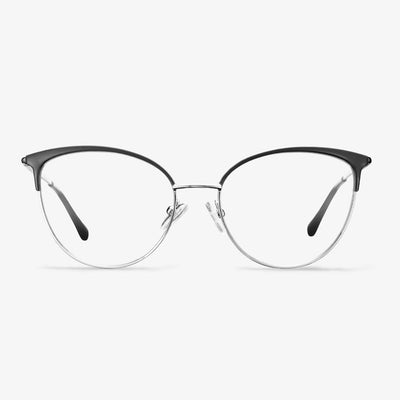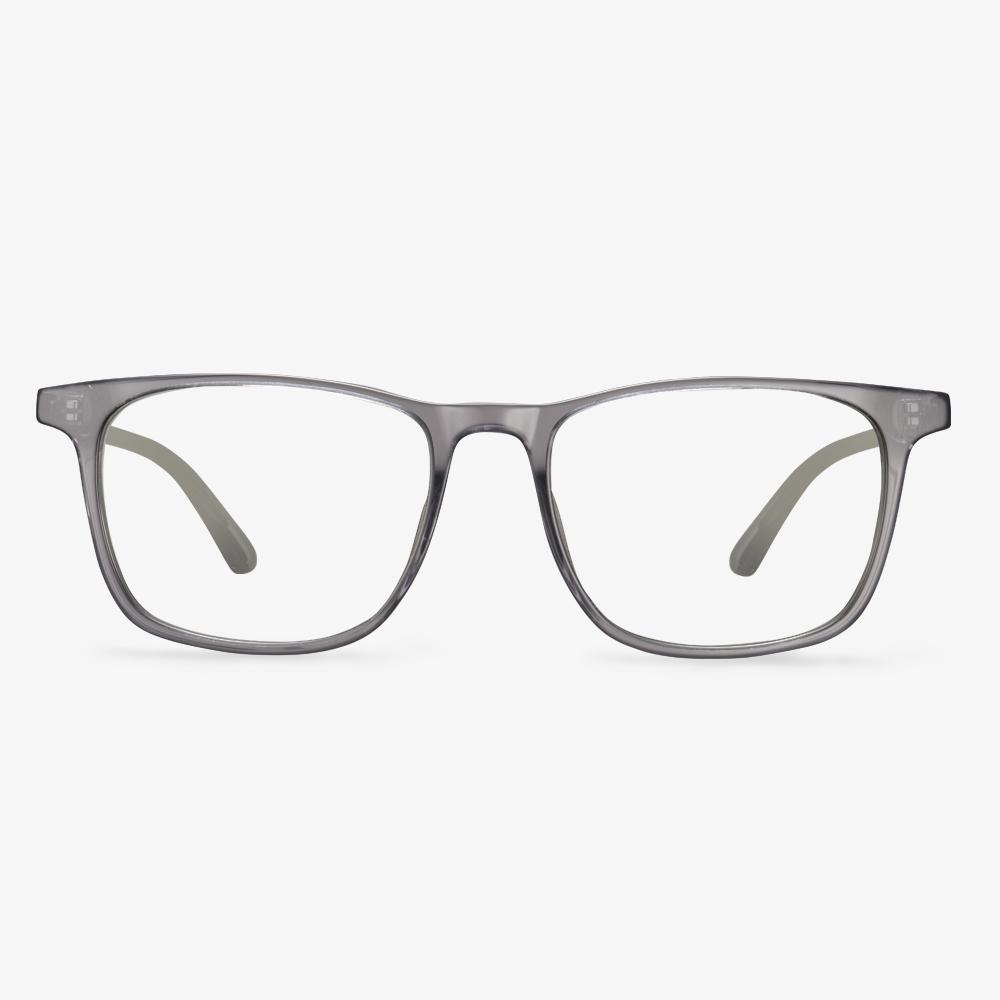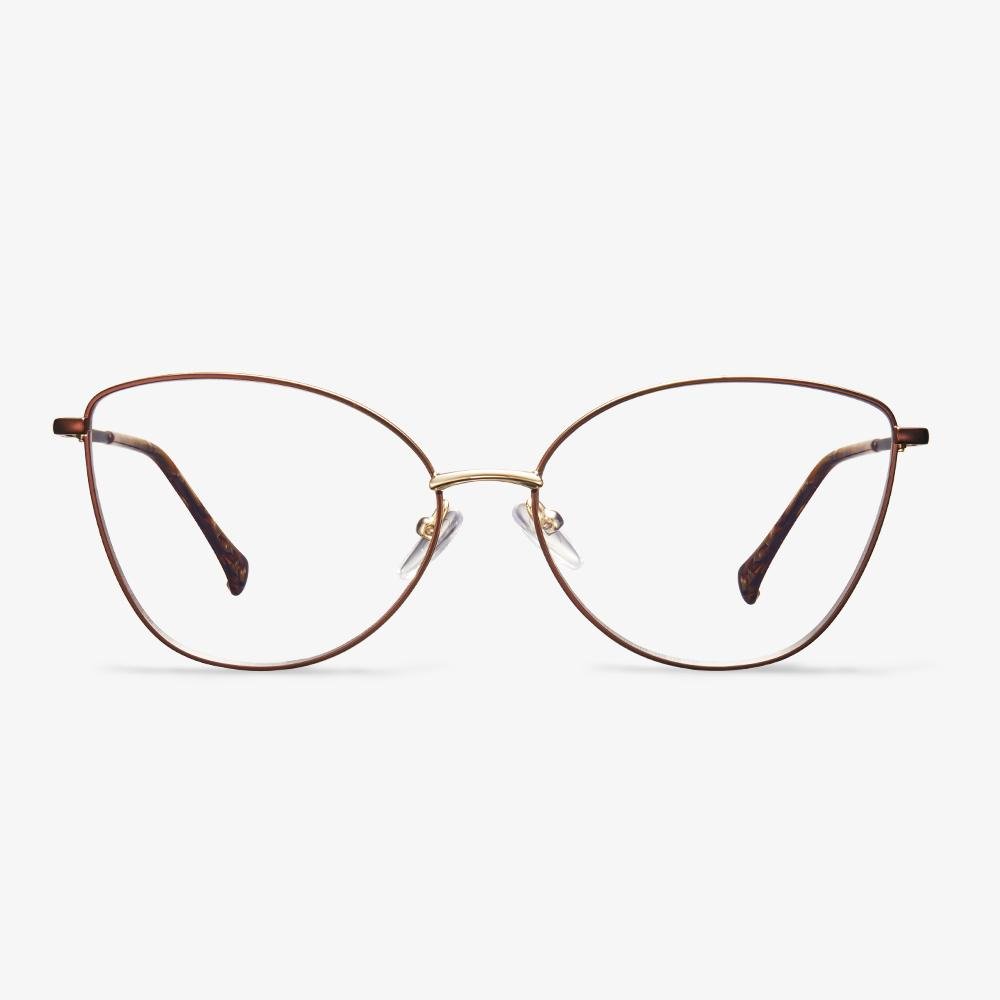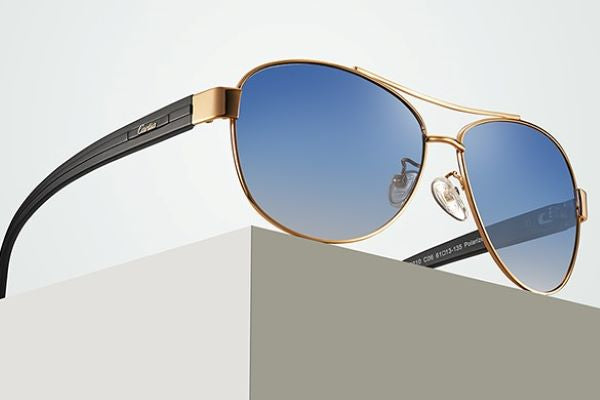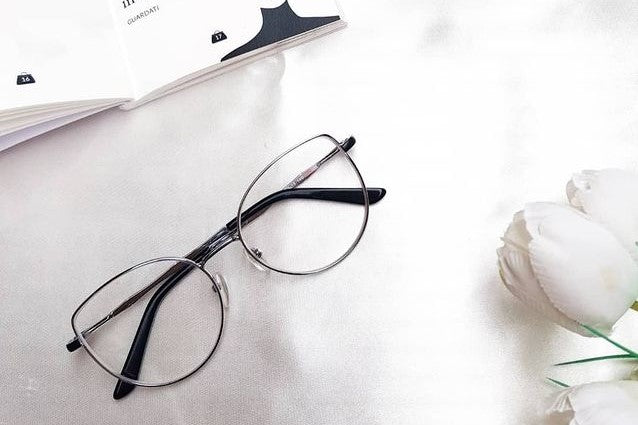What is blue light?
To prevent blue light, we must first understand what blue light is. The visible light with a wavelength range of 400-500 nanometers is called blue light. The light sources used in daily LED lighting and display products, including mobile phones, flat panels, and TVs, are mostly LED light sources excited by blue light. However, not all blue light is harmful to the human body. The human eye has an extremely low tolerance to blue light radiation in the 400-440 nanometer range. When the light intensity enters this threshold, photochemical damage is likely to occur. However, blue light radiation in the range of 459-490 nanometers is essential for regulating the human body's circadian rhythm and can affect the secretion of human melatonin, which in turn has an impact on the body's biological clock, alertness, and mood.
Scientifically effective anti-blue light lenses must not only block harmful blue light but also cannot filter beneficial blue light. Most of the ineffective anti-blue light products on the market currently have two types of problems. One is that there is almost no protective effect on the blue light in the vulnerable zone of the human eye. The other is excessive protection, shielding the blue light spectrum in the beneficial band so that the blue light that is beneficial for physiological adjustment cannot enter the human eye. At the same time, the color of the lens is yellow, which is prone to color shift, aggravating visual fatigue, and even inducing the risk of myopia.
Who need progressive lenses?
There is no limit to the degree of progressive multifocal lenses. Whether it is nearsightedness, presbyopia or moderate astigmatism, it can be worn, but not everyone can wear it. There are two types of progressive multifocal lenses on the market, one is hard and the other is soft. The main difference between the two designs is the length of the progressive channel. The rigidly designed progressive film has a short progressive path and relatively less peripheral aberrations. In order to ensure vision at various distances, fewer vertical dimensions are required. For example, a teenage progressive film belongs to this design, but because of its short gradual path, the gradation process is too short. Fast. Compared with the elderly, this design is more difficult to adapt; the soft design of the progressive film has a relatively long gradation channel and relatively large peripheral aberrations, but due to its long gradation channel, the gradation process is relatively smooth, which makes it easy to wear glasses It is suitable for people with poor adaptability.
If you are a person who is able and willing to accept new things, understand and adapt to the temporary discomfort caused by progressive addition lenses, we suggest that he can wear a pair, if he has severe hypertension, dizziness and other symptoms, or People who have misunderstandings about progressive lenses and are unwilling to adapt should not try them. Because you first wear progressive multifocal glasses, you may experience: slight dizziness, shaking when walking, and being careful when moving up the stairs.
The perception of space has changed, the perception of the distance of the object, and the perception of depth have changed. New wearers should not drive immediately and do strenuous exercise. When you look close, you need to turn your eyes down, and your eyes are mildly uncomfortable. Seeing an object through the blurred vision area around the lens makes the object blurred. Therefore, when new wearers look at things, turn their heads more, turn their eyes less, try to use the far-use zone, the near-use zone, and the middle-distance zone to see objects.
Thickness of lens
The thickness of the driver's glasses affects the use of glasses in a way. The glasses with thicker lenses can be more durable to prevent the glasses from being irritated and accidentally broken, effectively protecting the eyes.
More and more people wear glasses frames, and the style and color of glasses frames broke through the traditional and stuffy model. They began to pursue fashion design and integrate into a variety of fashion elements. Let myopia glasses wearers can not only correct vision but highlight their different style temperament through the wearing of glasses.
Blue light in natural light
Blue light is not the unique light emitted by electronic products, but the visible light that exists in natural light, usually with a wavelength of about 400-500nm. The blue light in the entire waveband can be subdivided into two parts. One part will cause optical damage to the retina of the eye and accelerate the oxidative senescence of cells in the macular area of the retina. Usually, the wavelength of this part of blue light is between 415-450nm, and its damage to the eyes is gradually accumulated and formed. There is also a part of blue light that is beneficial to our human body, that is, blue light with a wavelength of about 480nm. It can adjust biological rhythms and is helpful for sleep, mood, and memory. In addition, experiments have confirmed that daily outdoor activities in the sun can effectively prevent the occurrence of myopia, and short-wavelength blue light may play an important role.
Driver's protective glasses
The principle of the driver's protective glasses is to use the special film on the glasses to reflect the strong light hitting the glasses back to protect the eyes. It can protect against ultraviolet, infrared and blue light on foggy and rainy days. In snowy weather and at night, the wearer can see the scenery more clearly, and it can also increase the vividness of red, yellow, green, white, and other colors, and eliminate the glare and reflected light of the oncoming cars when meeting cars at night.
Design principle of aspheric lens
Early optical lenses use spherical lenses. Because the glasses were small round frames, the problem of lens edge aberration was not paid attention to. It wasn't until large frames became popular that the problem became apparent. For the spherical lenses, aberration cannot be corrected with the combined lens. Only a few variables of the lens can be found to reduce aberration and improve clarity. Aspheric lenses are designed to reduce the aberration of optical correction lenses and to make lenses flatter and reduce lens magnification. We can get clearer, thinner, lighter-quality lenses. Thus, aspheric lenses are used to reduce aberration and astigmatism to a minimum, close to the natural vision of the naked eye. The spherical aberration can be reduced by changing the curvature of the edge. The refraction in the central region is high and decreases evenly toward the edges.



















